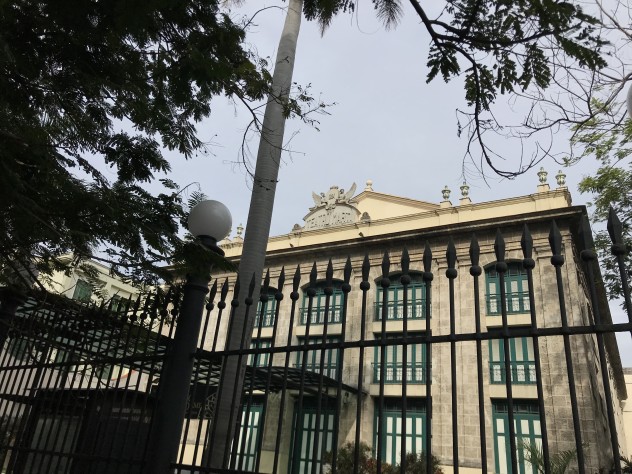
La Embajada Británica and Playita 16
Miramar, a neighborhood just west of Vedado, was another location on the agenda. I originally wanted to see the Anfiteatro de Marianao where Los Pacíficos played, but judging from the maps and my knowledge of the taxi system in Cuba, I was dubious I could find it or even get there. For all I knew, the building could be abandoned. Instead, I thought I could perhaps go to the British Embassy, where Ernesto Juan Castellanos (organizer of the Beatles colloquium) first went in his pursuit to create the event. I found it quite easily, but of course, it was closed. I wondered, however, if it was what I was looking for – would it really give me a Cuban perspective of the Beatles? I eventually decided not. However, it was still worth the visit; posters around the embassy of Ed Sheeran and Emeli Sandé saying MUSIC IS GREAT demonstrate the continued presence of British musicians in Cuba.

